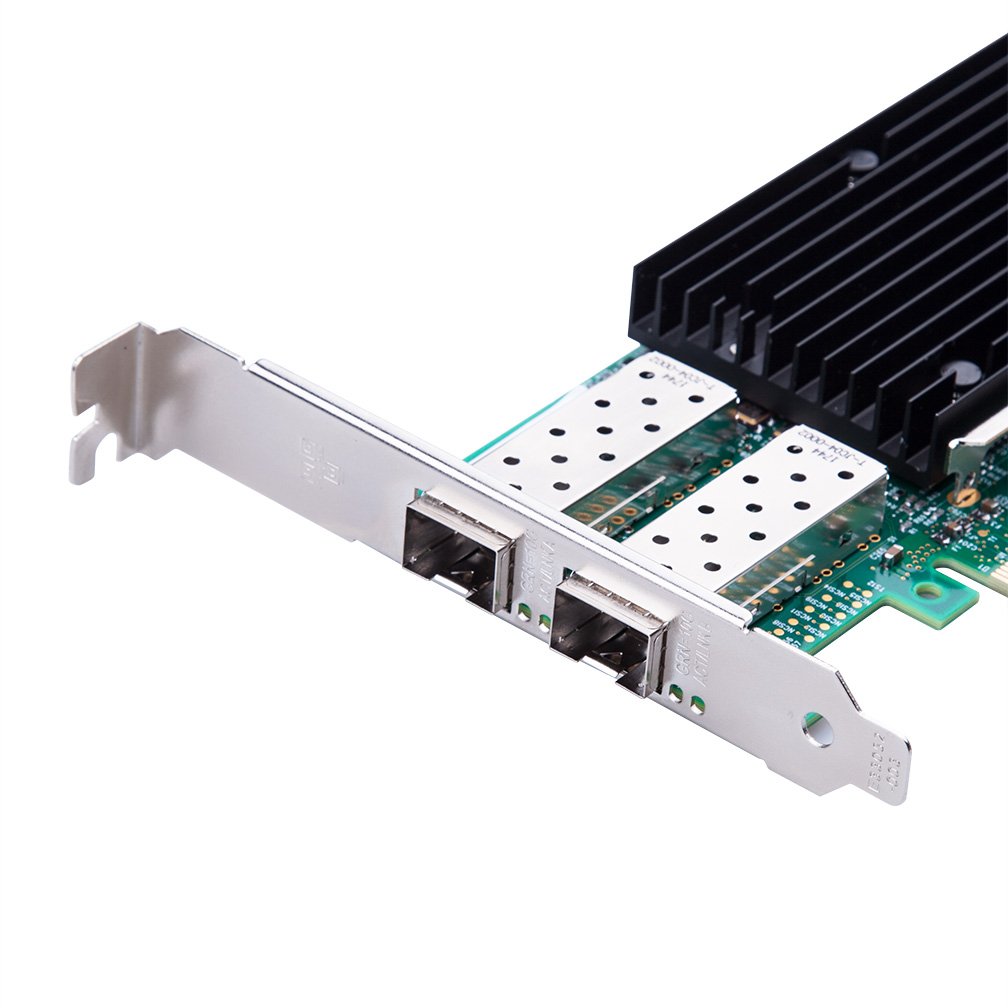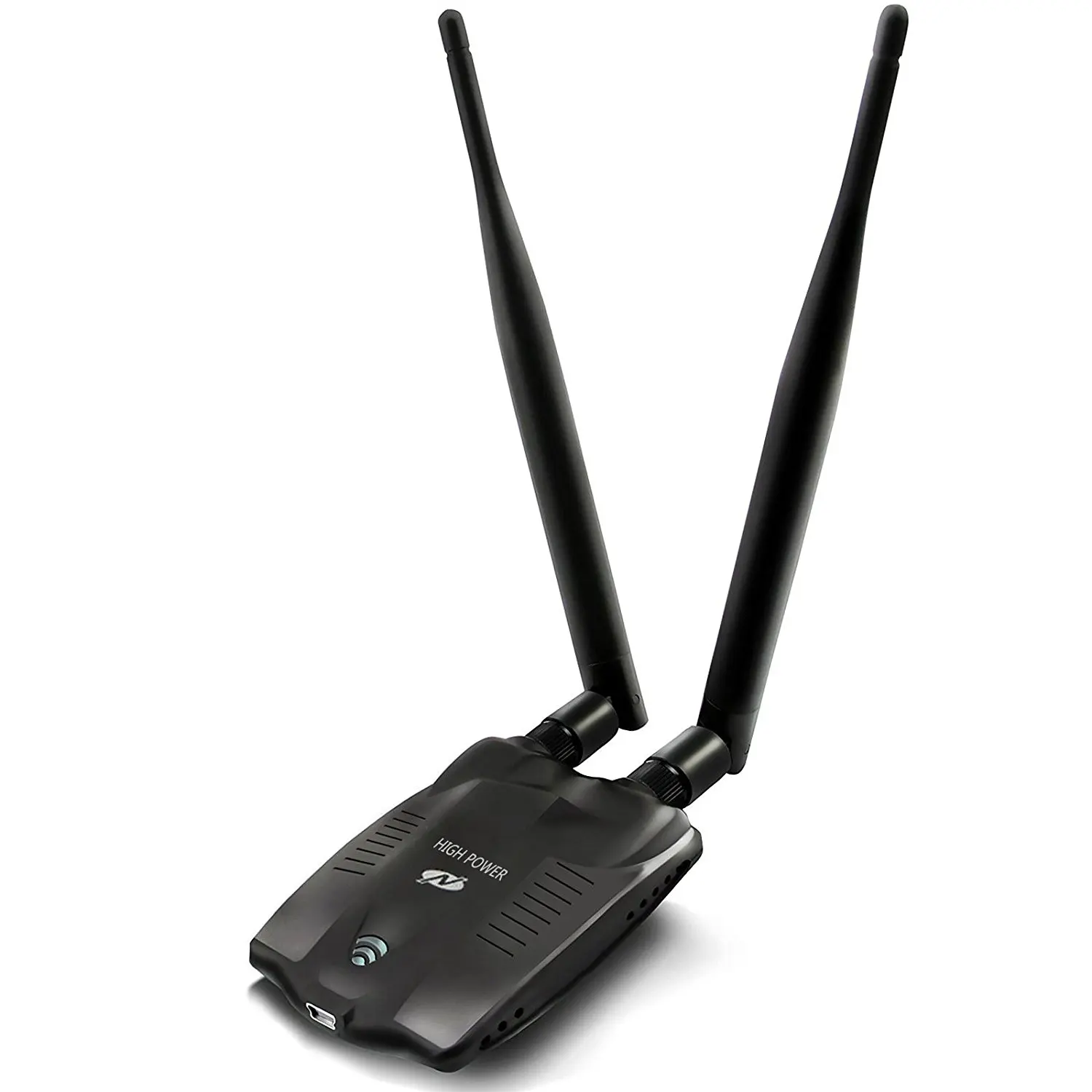

There are three virtual switches that provide different levels of network connectivity: Thus, to enable network connectivity, you need to create a virtual switch and configure a virtual network adapter. Each new VM has a network adapter, which can be configured by assigning a single virtual switch, or you can leave it disconnected.
#Network adapter install#
When you install the Hyper-V role on your computer and start creating new VMs, you need to be aware of the networking configurations that are present by default. However, you can assign additional IP addresses to that NIC in order to gain access to multiple subnets. In short, vNIC enables and manages all network communications.Įach VM has one or more vNICs, which provide connection to a single subnet.

It is used in Hyper-V environments to connect a physical server with other servers, VMs, or any other networking devices over a LAN connection.

About Hyper-V NetworkingĪ virtual network adapter (also known as virtual NIC) can be regarded as a virtualized version of a physical network adapter. For this purpose, you need to have knowledge on Hyper-V network adapters, the technology behind Hyper-V networking, as well as how Hyper-V networking can be configured. However, creating a Hyper-V VM is merely the first step of building a large-scale virtual environment thereafter, you have to ensure that VMs that are running on a Hyper-V host are able to communicate with one another.
#Network adapter how to#
The previous blog post covered how to create a Hyper-V virtual machine (VM). You can use the advanced virtual network adapter settings to limit the bandwidth, specify the acceptable packet loss percentage, and create network latency for incoming and outgoing data transfers for a virtual machine.By Jessie Reed Hyper-V Network Adapters: What, Why, and How
#Network adapter mac#
When you configure Network Address Translation (NAT), the virtual machine shares the IP address and MAC address of the host system.


 0 kommentar(er)
0 kommentar(er)
